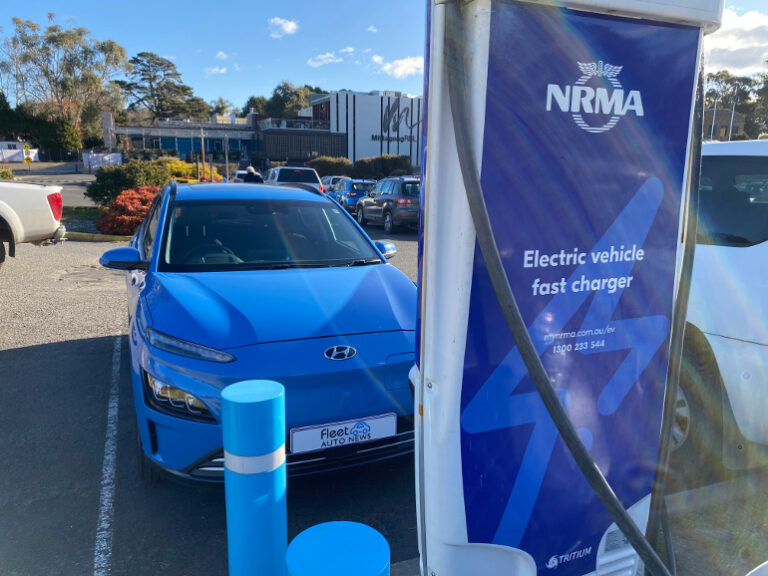Last month the NRMA announced it was ending the free party for EV owners by implementing a charge for users of its charging stations. As one of the first to build and operate a network of electric vehicle chargers, the NRMA led the way despite pushback from many of its myopic members.
Now, as the new car sales for EVs continue to grow, and the Federal and State Governments pour millions into building charging infrastructure, the NRMA has secured funding to build a national network of 100 charging stations. And it has decided that the electricity is no longer free.
The decision makes sense because commercially it’s expensive to build DC fast chargers and there needs to be a payback on the investment.
While many will focus on the new charge, and complain that it should still be free to encourage a faster adoption of electric vehicles, what has slipped quietly through to the keeper is the 10% discount on offer to NRMA Members.
This is a massive discount which the NRMA cannot offer to members with petrol or diesel powered cars. The best you can get as consumer is to $0.04 per litre from a supermarket discount coupon. As a large fleet you might get $0.04 per litre if you’re a good negotiator. At $2.20 per litre, that’s a lot less than 10%.
For Fleet Managers planning their EV transition, a replacement to the traditional fuel card is becoming a major sticking point. There are solutions but they don’t replace a fuel card ‘like for like’.
For example, Fleet Managers will lose access to regular odometer readings. Drivers are always forgetting the reading between the bowser and the console, but the system works. Despite the challenges, an odometer reading is the most important piece of information you need to manage a fleet.
Regardless of the differences between a fuel card and EV charging, to receive a 10% discount on your fuel of choice (electricity or petrol) is a massive incentive to use one supplier over another.
At the moment there are only two or three companies with charging networks big enough to attract fleet customers. And there are only a limited number of fleets looking for a solution similar to a fuel card (the rest are building their own on-premises charge stations).
In 10 years, there will be more demand for EV charging so the networks will need to compete for customers. They will need to offer discounts per kW and I think 10% off will be a distant memory.






